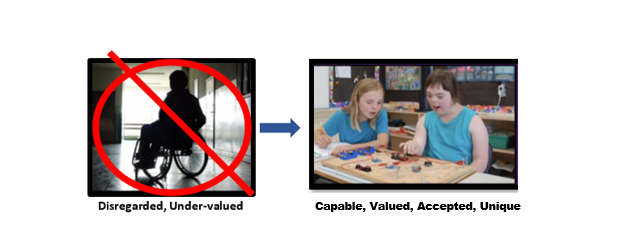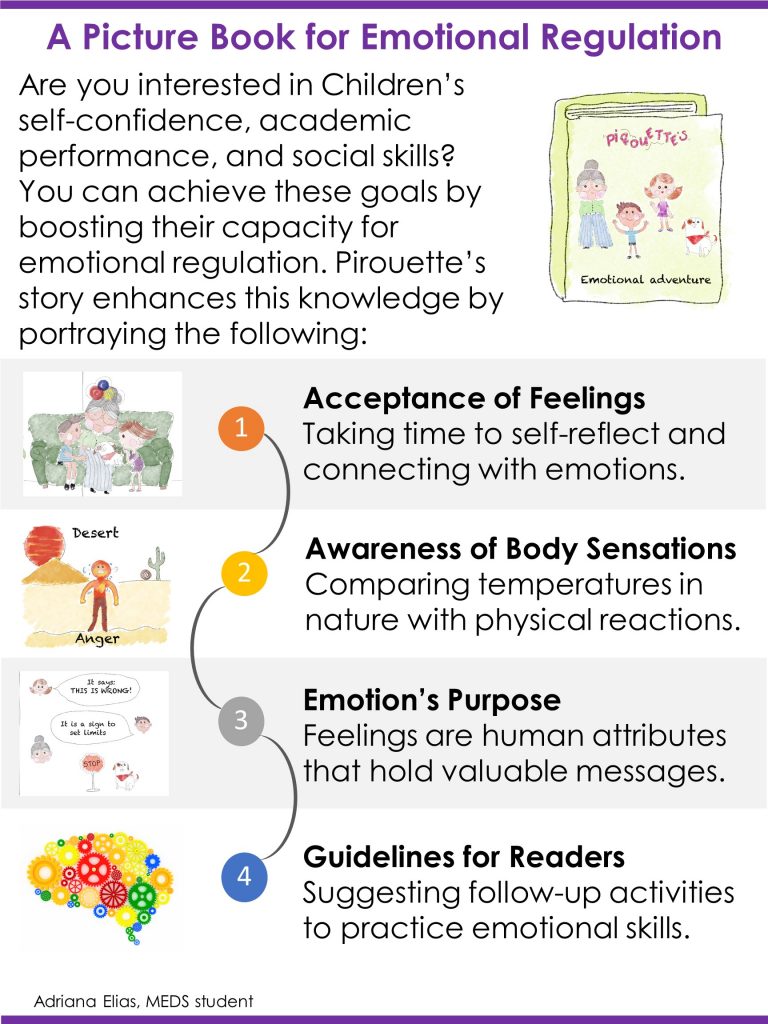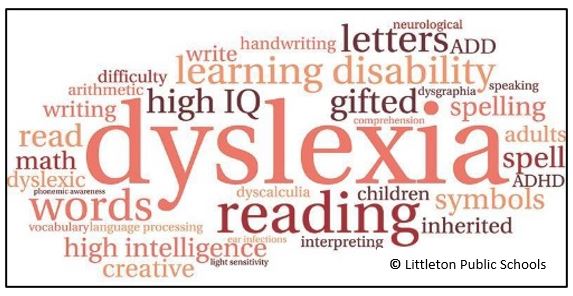Are you a person who is interested in making K-12 schools more inclusive for people with disabilities? If so, check out the video below that outlines the highlights of my applied research project that I created for the part-time VIU Master of Education in Special Education program. My project is an online course for educators on the topics of disability awareness and inclusion.
As a person with a disability myself, I have a unique perspective of experiencing Special Education from both sides; both as both a student and as an educator. In this video I give you a short introduction to my life as a person with both cerebral palsy and epilepsy. I also outline what the research says regarding teachers’ concerns about inclusion, and what the experts state should be done to alleviate these concerns to create greater inclusivity in the classroom. As the video concludes, I provide an overview of the online course that I created for teachers and teaching assistants that is based on the research that I have conducted.
After watching this video, if you would like to view the course I have created, you can find the login information and a print overview of the course here. I would welcome any feedback you have on the course. Enjoy the movie!
~ Melissa Lyon
** Thank you to Dr. Bob Esliger for being an outstanding supervisor for my applied project!



